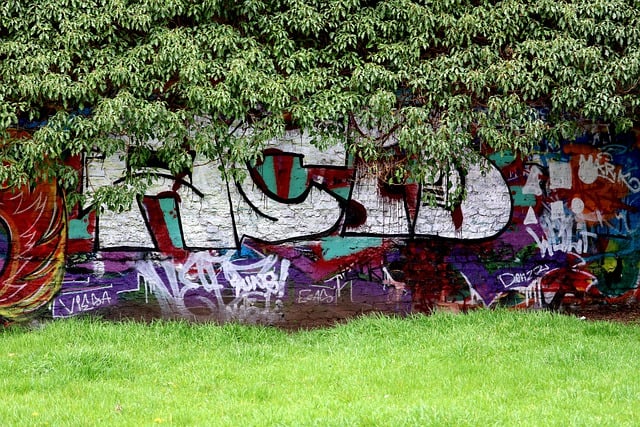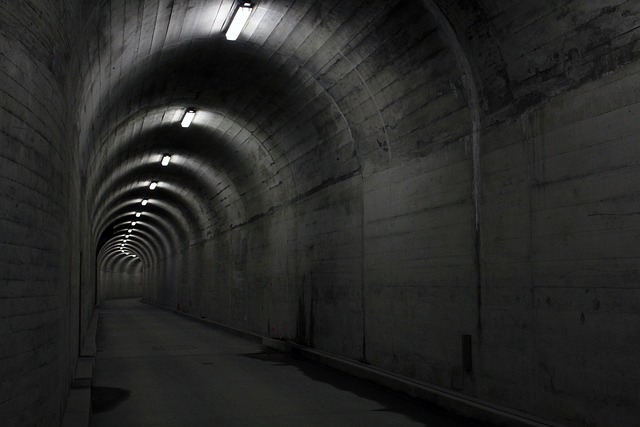Time-based art, as a captivating genre of installation, has transformed the landscape of fine arts and culture, inviting audiences to engage with the ephemeral nature of both the artwork and the experience itself. This innovative form breaks through traditional barriers, allowing artists to manipulate time and space, creating immersive environments that resonate deeply with viewers.
Historically, fine arts have often been defined by static forms—paintings, sculptures, and photographs that capture a moment, yet remain immutable. However, the evolution of time-based art signals a radical shift: it recognizes that experiences and moments can be fluid and interactive. Artists like Marina Abramović and Bill Viola have blazed trails in this arena, crafting installations that not only invite contemplation but also challenge perceptions of reality, duration, and presence.
In the world of culture, time-based art reflects the dynamism of contemporary society, where the pace of life accelerates and moments of stillness become rare. These installations often utilize multimedia elements—video, sound, and performance—to create a dialogue between the art and the audience. For instance, an installation may unfold over several hours, days, or even weeks, inviting viewers to return, observe changes, and immerse themselves in an ever-evolving narrative. This invites a deeper emotional engagement and fosters a sense of community as audiences share their experiences and interpretations.
Moreover, the allure of time-based art lies in its ability to capture the fluidity of time. It confronts the viewer with the transient nature of existence and challenges us to consider our own place within the continuum of moments. Artists harness this power by integrating elements that decay, erode, or transform, mirroring our own experiences of change. A video projection might distort over time, or a sound piece may shift as it interacts with the surrounding space, creating a unique experience every time someone encounters it.
Through time-based art installations, we are encouraged to reflect on our own temporal journey. Much like life, these works remind us that art is not just about the visual representation but about the experience and connection we forge in the moment. Each viewing becomes a unique event, making every encounter a celebration of art’s relationship with time.
As we continue to explore the realm of installation art, it becomes increasingly clear that time-based art is not merely a genre; it is a profound statement on the nature of life and culture. It embraces the idea that art is not static or confined to the gallery walls but is an evolving dialogue that can transform our understanding of the world around us.




